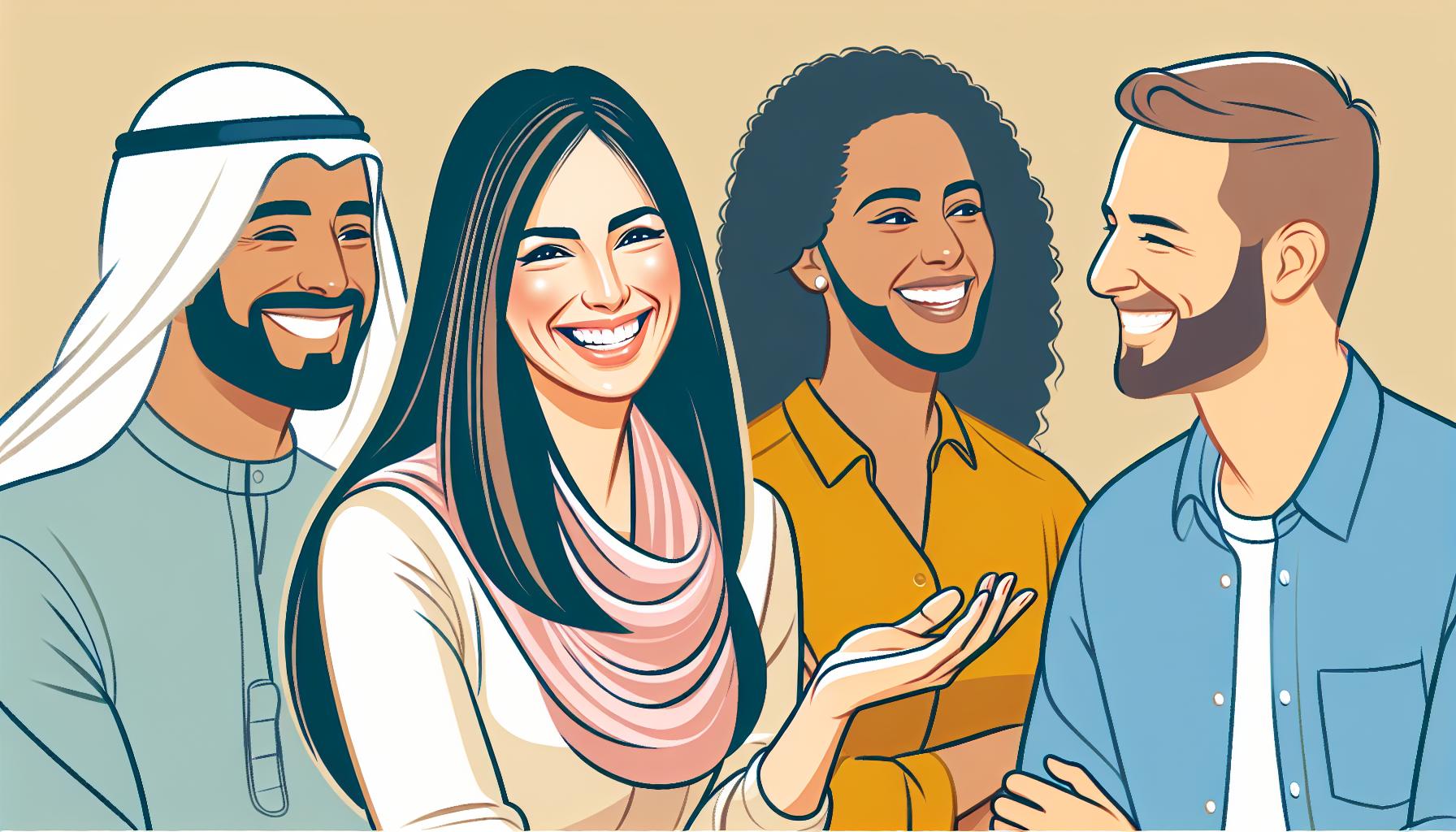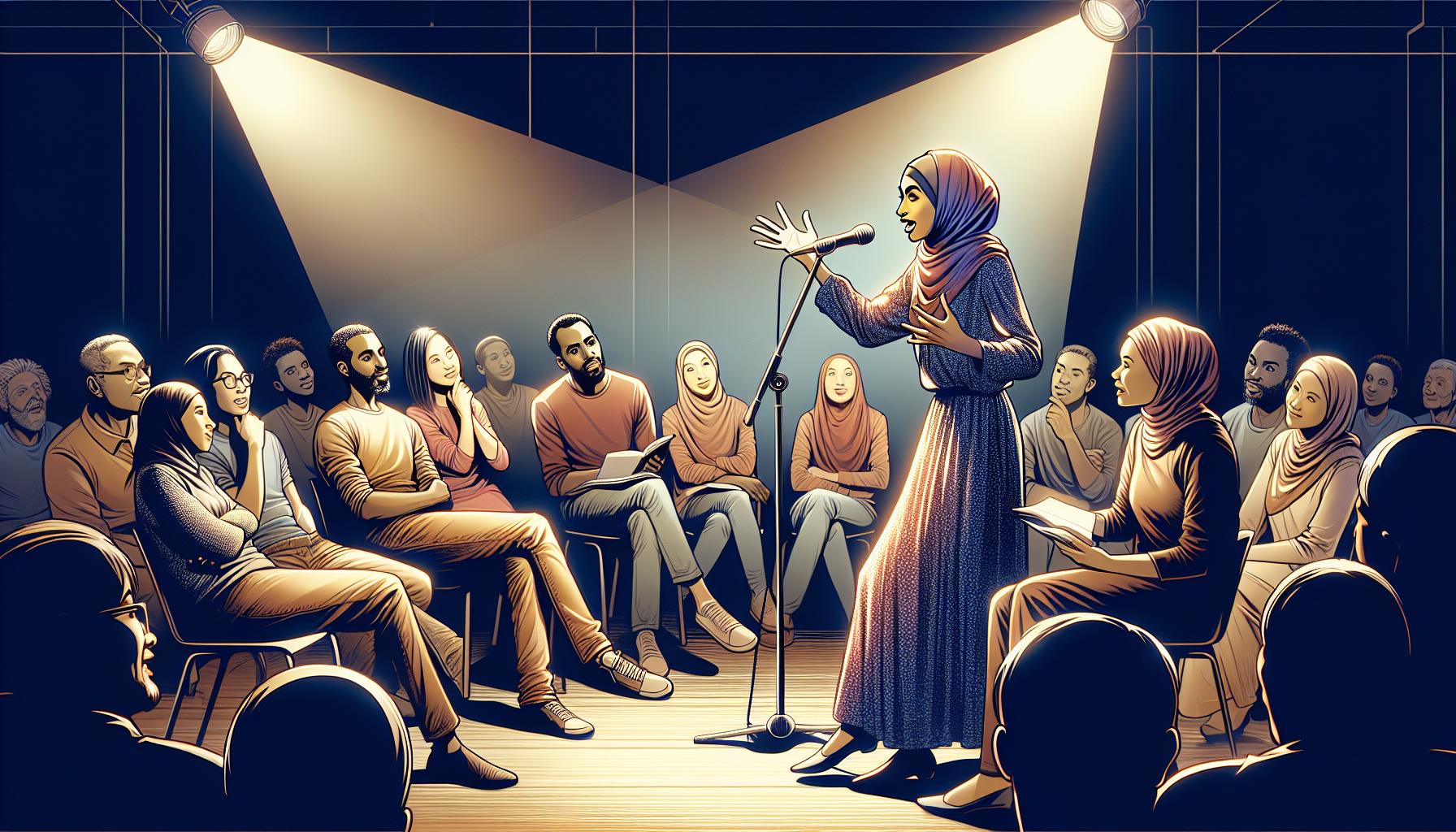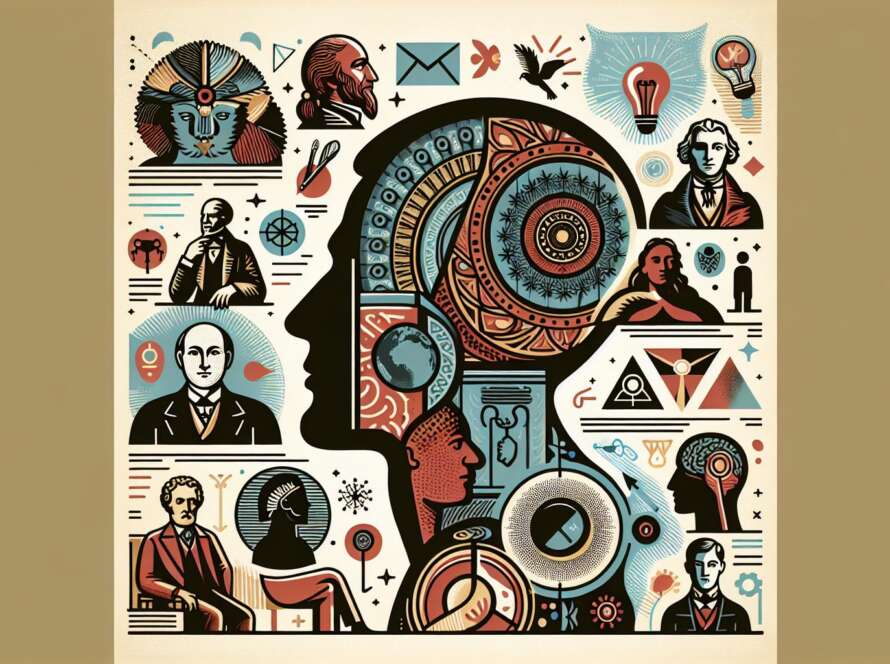Ever stumbled upon a book that feels like it was written just for you? That’s how I felt diving into “Captivate” by Vanessa Van Edwards. It’s not just another self-help book; it’s a blueprint for anyone looking to up their social game, understand people better, and frankly, become more likable.
Why should you listen to me, Mike Piet, ramble about this book? Well, I’ve spent years dissecting the art of communication, both in my personal and professional life. I’ve read countless books on the subject, attended workshops, and even given a few talks myself. So, believe me when I say, “Captivate” has some gems.
Here are three key takeaways you’ll get from this guide: first, mastering the first impression is crucial; second, there’s an art to sparking fascinating conversations; and third, understanding the science behind people’s behavior can be your secret weapon in social situations. Stick around, and I’ll break down how “Captivate” can transform your interactions and maybe, just maybe, change your life.
About “Captivate” by Vanessa Van Edwards
Unraveling the Mysteries of Social Success
Ever wondered why some folks seem to glide effortlessly through every social gathering? Well, in my quest for answers, I stumbled upon “Captivate” by Vanessa Van Edwards, and boy, was it a game-changer. Vanessa isn’t just any author; she’s a social dynamics expert who runs the Science of People, a human behavior research lab. So, when she talks about making people like you within seconds, you listen.
The Science Behind a Winning Smile
One of my favorite takeaways from “Captivate” is the concept of the winning smile. Vanessa debunks the myth that any smile will do, introducing the idea of a genuine Duchenne smile. This isn’t just fluff; it’s backed by research showing that a Duchenne smile, which reaches your eyes, significantly increases your likability. I tried it at a networking event, and the difference was night and day.
The Art of Engaging Conversations
“Captivate” dives deep into the mechanics of sparking engaging conversations that don’t just fill the silence but create meaningful connections. Vanessa presents the concept of thread theory—where each topic of conversation is a thread to potentially pull to unravel more about the person you’re speaking with. It’s about listening for cues and being genuinely curious about the other person. This approach has transformed my conversations from mundane exchanges to captivating narratives.
Mastering First Impressions
As mentioned, mastering first impressions is crucial. Vanessa outlines non-verbal cues that can make or break these moments. I learned that something as simple as the direction of your feet or the tilt of your head can convey interest or disinterest. Armed with this knowledge, I’ve become more conscious of my body language, and it’s made a noticeable difference in how people perceive me upon our first encounter.
Key Takeaways from “Captivate”

Mastering the Art of Duchenne Smiles
One pivotal insight I gleaned from Vanessa Van Edwards in Captivate is the power of the Duchenne smile. As mentioned earlier, this genuine grin isn’t just a facial expression, it’s a magnet for positive social interactions. In one study, folks with a Duchenne smile were perceived as more likable and trustworthy than those with a forced smile. I tried this at a networking event recently and, wow, did it make a difference. People gravitated towards me, and conversations flowed more smoothly.
The Magic of Thread Theory in Conversations
Another game-changer for me was embracing the concept of thread theory in dialogues. This approach involves picking up on topics or ‘threads’ from your conversation partner and weaving them into the dialogue. It’s a dynamic way to show you’re paying attention and genuinely interested. By practicing this, I found my conversations became richer, and my connections with others deepened significantly.
Non-Verbal Cues: Your Secret Weapon
Vanessa also delves deep into the significance of non-verbal cues in making a killer first impression. She points out that 93% of our communication effectiveness is determined by non-verbal signals. This was a wake-up call for me to be more mindful of my body language, eye contact, and vocal tone. Applying these adjustments, I started noticing people responded to me more positively than ever before.
Actionable Strategies for Immediate Improvement
Captivate isn’t just theory; it offers actionable strategies that can yield immediate improvements in social success. Whether it’s practicing your Duchenne smile in the mirror, engaging in active listening to enhance conversational threads, or adjusting your posture for a more confident appearance, Vanessa provides a toolbox for transformation. Each of these strategies has been a stepping stone for me in refining my social dynamics.
The Neuroscience of Social Interactions
Lastly, Vanessa touches on fascinating neuroscience aspects that shed light on why certain strategies work. Understanding the brain’s role in social interactions gave me a deeper appreciation for the subtle nuances that can make or break a connection. It’s one thing to follow advice blindly, but it’s another to understand the why behind it, making the guidance from Captivate all the more compelling.
Mastering the First Impression

First impressions are game-changers in both our personal and professional lives, and as we’ve seen, Captivate gives us the playbook. I remember the first time I deliberately used Vanessa Van Edwards’ advice on this. Walking into a networking event, I straightened my posture, smiled a genuine Duchenne smile (as mentioned earlier), and locked eyes with the first person I met. That evening turned out to be one of the most successful networking events I had ever attended.
Make Your Smile Your Superpower
A Duchenne smile, characterized by the crinkling of the eyes and the full use of facial muscles, is contagious. Studies show that people who use a Duchenne smile are perceived as more likable and trustworthy. This isn’t just fluff; it’s neuroscience at work. Utilizing this at my cousin’s wedding, I found myself making friends with guests from all walks of life, proving the universal power of a warm and genuine smile.
The Power of Non-Verbal Communication
But it’s not all about smiling. Non-verbal cues like posture, hand gestures, and eye contact contribute significantly to first impressions. Vanessa Van Edwards points out that adopting an open posture not only makes you appear more approachable but actually boosts your own confidence levels. According to a Harvard study, adopting a power pose for just two minutes increases testosterone levels by 20% and decreases cortisol levels by 25%, making you feel more confident and less stressed.
Engage Like You Mean It
Engagement goes beyond just listening. It’s about showing that you’re actively interested in what the other person has to say. Nodding, leaning in slightly, and echoing their words are simple yet effective strategies to deepen connections. I’ve found that these techniques not only make my conversations more engaging but also help me remember details about my interactions, making follow-ups more personal and impactful.
The Winning Combo: Listen and Lead
Finally, the art of conversation relies on a delicate balance between listening and leading. Thread theory, as Vanessa Van Edwards elaborates, suggests picking up on keywords or topics during a conversation and using them to steer the conversation forward. By applying this technique at a recent job interview, I was able to build a rapport with the interviewer by weaving in my experiences with their interests, making the conversation both memorable and meaningful.
The Art of Sparking Fascinating Conversations

Let’s dive deeper into what it really takes to kick-start conversations that are not just fillers but genuinely engaging. Vanessa Van Edwards in “Captivate” sheds light on this, and boy, have I seen it change my social dynamics!
Master the Art of the Open-Ended Question
Here’s the deal: to keep a conversation as invigorating as your morning coffee, ask questions that open up a dialogue rather than shut it down. I remember, at a networking event last autumn, throwing a simple, “What’s the story behind your venture?” into the mix. The responses? They were not just informative but packed with personal insights and passions. It’s a win-win; you show you care, and they get to share.
Leverage the Power of “Thread Theory”
As mentioned, thread theory is colossal. Think of each topic of discussion as a thread. Your goal? To weave these threads into a rich tapestry of conversation. One time, I connected a friend’s love for hiking with my recent trip to the Appalachians. Before we knew it, we’d leaped from outdoor adventures to conservation efforts and sustainable living. A superficial chat transformed into a deep discussion on environmental advocacy—talk about threading the needle!
Employ the “Mirror Technique”
Remember when we touched on the non-verbal cues like posture and eye contact? Here’s a secret sauce for you: mirroring. Reflecting someone’s gestures and speech patterns can subconsciously make them feel more at ease with you. I tried this at a conference once, subtly matching the energy and tone of a potential collaborator. Our exchange flowed more smoothly than I’d dared to hope, leading to a fruitful partnership.
The Power of Stories
People love stories—they’re hardwired to. Sharing personal anecdotes makes you relatable and brings abstract concepts to life. I’ve found that weaving in a tale or two, be it my failures or moments of serendipity, sparks curiosity and often opens doors to others’ experiences. It turns out, vulnerability is not just courageous; it’s downright captivating.
Understanding the Science Behind People’s Behavior

Let’s dive into the nitty-gritty of what makes people tick. Vanessa Van Edwards has done an incredible job distilling complex psychological concepts into bite-sized, easy-to-digest nuggets. Sometimes, it feels like she’s basically handing us a cheat sheet on human behavior.
The Power of Non-Verbal Cues
Did you know that up to 93% of our communication is non-verbal? I was floored when I stumbled upon this fact. It really puts into perspective the importance of mastering body language and facial expressions. During a TEDx talk, an expert mentioned how just the act of smiling can significantly alter our brain’s chemistry, showcasing the profound impact of non-verbal cues.
The Art of Conversation
Remember how I mentioned the Thread Theory and the Mirror Technique? Well, they’re grounded in solid science. Engaging in meaningful conversations isn’t just about exchanging words; it’s about creating connections. I’ve personally experienced the power of deep dialogues transforming mere acquaintances into lifelong friends.
Storytelling: A Gateway to Empathy
Here’s a compelling story: last summer, I shared a personal anecdote about overcoming fear at a local storytelling event. The response was overwhelming. People hugged me afterward, sharing their own stories of triumph. This personal anecdote illustrates the emotional bond storytelling can create, rooted in our brains’ natural affinity for narratives.
Emotional Intelligence: The Unsung Hero
Van Edwards highlights emotional intelligence as a key player in understanding and influencing people’s behavior. It’s like having an internal compass guiding you through social interactions. Through practice and mindfulness, I’ve managed to improve my EQ, leading to more fulfilling relationships.
In all of this, the takeaway is crystal clear: understanding the science of human behavior isn’t just academically fascinating—it’s profoundly practical. By applying these principles, we’re not just improving our social skills; we’re enriching our lives and the lives of those around us.
Conclusion
Diving into “Captivate” has been an eye-opener for me. It’s not just another self-help book; it’s a toolkit for anyone looking to understand the nuances of human interaction. Vanessa Van Edwards has a knack for breaking down complex behaviors into bite-sized, actionable insights. Whether it’s mastering non-verbal cues or harnessing the power of storytelling, there’s something in there for everyone. I’ve started applying some of these techniques in my daily interactions, and the difference is palpable. If you’re on the fence about giving this book a read, I’d say go for it. It’s not just about making a good impression; it’s about forging deeper, more meaningful connections. And who doesn’t want that?
Frequently Asked Questions
What percentage of communication is non-verbal?
93% of communication is non-verbal, emphasizing the critical role body language plays in our interactions with others.
How does body language impact communication?
Body language significantly influences communication by conveying emotions and intentions beyond what is verbally expressed, making it a key component in understanding and connecting with others.
What is the Thread Theory?
The Thread Theory suggests that engaging in meaningful conversations can establish deeper connections between individuals by finding common threads or interests.
Can storytelling enhance empathy?
Yes, storytelling has the transformative power to foster empathy and create emotional bonds by allowing individuals to share and understand diverse perspectives and experiences.
What role does emotional intelligence play in relationships?
Emotional intelligence enhances relationships by enabling individuals to recognize, understand, and manage their own emotions as well as empathize with the emotions of others, facilitating better communication and connection.
Why is understanding human behavior important?
Understanding human behavior is essential not just for academic purposes, but it also offers practical ways to enrich social skills and improve relationships by applying insights into daily interactions.


